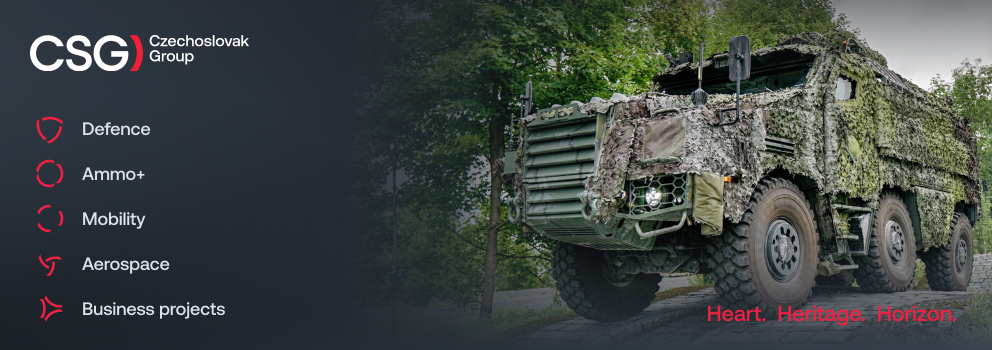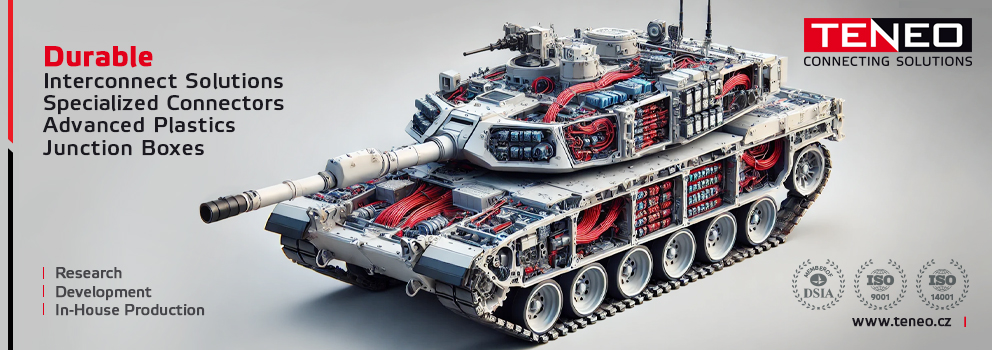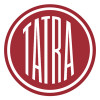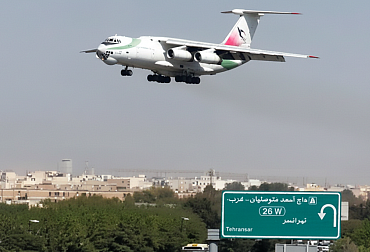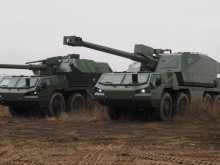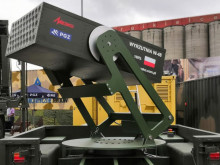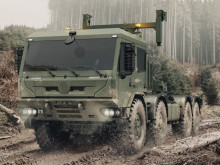TUGA Radar for C-UAS and V-SHORAD systems
The Polish state company PIT-RADWAR S.A., which is a part of the Polish Armaments Group (Polska Grupa Zbrojeniowa, PGZ), is one of the few enterprises in Central European countries dealing in the development and production of modern radar systems. Its portfolio includes radar systems for various purposes: several types for detecting low-flying targets (including those that can be airlifted by medium transport aircraft), medium and long-range, artillery, naval with a low probability of intercept, and passive location systems using PET and PCL technologies. The company also offers: combat identification systems operating in the Mark XIIA standard, C2 systems for air defence command and ground forces, fire control systems, as well as artillery (with the 35 mm Oerlikon KDA automatic cannon) and missile (with Grom and Piorun MANPADS missiles) V-SHORAD class air defence systems. PIT-RADWAR is engaged – as a supplier of equipment, but also as an integrator – in all programs currently being implemented in Poland related to the modernisation of the ground-based air defence and the creation of missile defence capabilities of the Polish Armed Forces: the medium-range Wisła/Patriot, short-range Narew/CAMM-ER/MR, and Pilica+/CAMM.
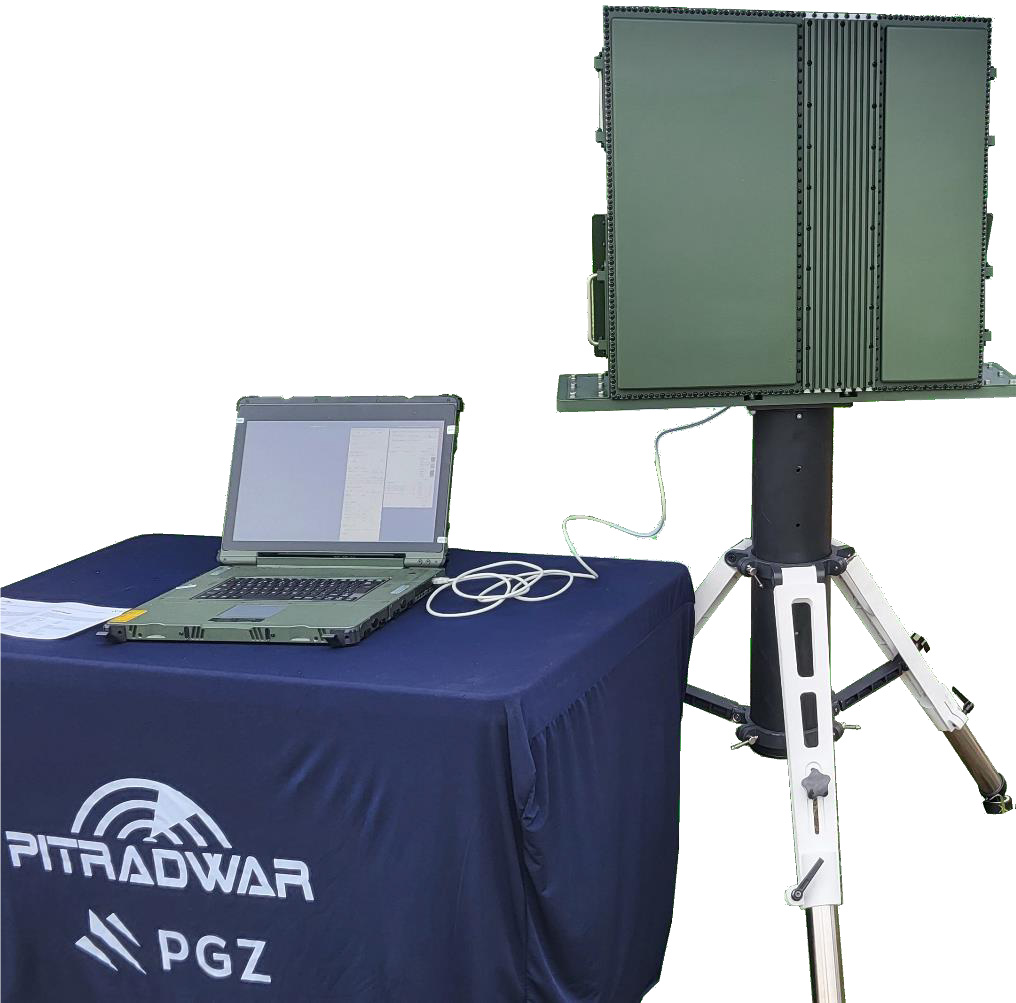
The wide range of products and high level of innovation in solutions provided by the Polish company is, among other things, the result of over 70 years of experience of Polish science and industry in the field of radar technology.
Radar ‒ a Polish specialty
First works related to radar development were undertaken in Poland as early as 1948 at the State Telecommunication Institute. Initially, they were carried out by research institutions, and soon - in 1951 - the industry joined them, first the Marcin Kasprzak Radio Factory, and from 1954, the specially created Warsaw Radio Factory RAWAR. In 1953, state trials of the first early warning radar station of Polish design - Nysa-A - were completed. Several serial production systems of this type were introduced into the armament of the Polish Army.
As early as 1955, the first radar set was developed, providing ranging and direction in three dimensions, consisting of the Nysa-C rangefinder and the Nysa-B height finder. It was produced for several years, including export to Syria and Indonesia. At the same time, under Soviet license, the production of radar stations for anti-aircraft artillery fire control, SON-4 and SON-9a, was launched, and soon afterwards, the Strzała station for the same purpose, but of Polish design. From 1958 to 1992, several generations of marine navigation radars were also produced. In total, several thousand units were assembled, a significant part of which were exported.
The development of the radar industry in Poland, including the launch of production of specialised electronic components, significantly allowed for independence from the expensive and strictly controlled import of these components from the USSR. This, along with independently carried out research and development work, enabled the design and implementation of several generations of radar systems into production. In the 1960s and 1970s, a number of 2D early warning radars of the Jawor family were developed and implemented, operating in the L band and characterised by a range of 150-300 km. They operated alongside height finder of the Bogota and Nida types. Several dozen such sets were produced for the Polish Army, and they were also exported to Libya. These systems were comparable to Western designs and in many aspects surpassed Soviet-produced radars exported to countries of the Warsaw Pact in terms of technical and operational characteristics.
It is worth mentioning that base vehicles of the components of the Jawor, Bogota, and Nida systems were three-axle high-mobility chassis from Tatra factories in Kopřivnice, supplied from the then Czechoslovakia – initially model 111, then 138 and 148.
Between 1965 and 1969, approximately 130 P-35M early warning radar stations were produced under a license purchased from the USSR at WZR RAWAR, about 30 of which were exported. After that, no radar devices on Soviet licenses were produced in Poland.
For civilian and military air traffic control services, L-band Avia-type radars (including B, BM, C, CM, D, W) were developed from the late 1950s to the late 1980s. They were installed not only at Polish airports but also in the German Democratic Republic, Cuba, and Arab countries. The then Czechoslovak Socialist Republic was also a recipient – in 1981 and 1984, Avia-C stations were installed at the posts of Buchtův Kopec and Velký Javorník, and in 1988 at the position of Písek, where it was used until 2004.
In the 1970s, the process of transitioning from entirely vacuum tube technology for key radar system components to semiconductor technology, as well as from analogue to digital signal processing, began. One of the first devices classified as belonging to this generation was the Narew low-flying target detection station, whose prototype was created in 1975. It featured, among other things, an analogue-digital signal processing block AC BOS and a panoramic indicator WRP-10 with synthetic imaging elements – one of the first in the world and the first on this side of the Iron Curtain. From 1979, this radar was produced in series, and out of several dozen units, a few were exported to Libya.
The Narew radar was intended for use in fixed posts operating within the national air defence system and was not suitable for direct cooperation with the troops mobile air defence. Hence, the military commissioned the development of a tactical radar station for detecting targets at low altitudes, capable of accompanying land forces units during movement and able to start operating as quickly as possible after occupying a position. The complete set of equipment had to be mounted on a single, high-mobility tracked carrier. The new N-21 radar, operating in the S band, also implemented the concept of so-called coherent radar and introduced digital signal processing to an even greater extent, as well as many solutions to reduce susceptibility to jamming. Between 1984 and 1990, more than 30 such stations were produced, three of which were exported. They proved to be so successful that after further upgrades, some of them (MK/M+) are still in use in the Polish Armed Forces.
The development of this radar family continued, resulting in the 1990s in the developing of a mobile low-flying target detection radar, utilising a Western electronic component base, raster indicators, and computer technology for signal processing and control. Eight produced N-22 stations use special four-axle armoured wheeled carriers Tatra 815.
The successors to the Jawor radar family were the 2D N-31 systems in the L-band and the distance measuring radar N-31, as well as the height finder N-41, produced in a serial manner from the early 1980s. They were, among others, exported to Romania. Their base vehicle were three-axle chassis Tatra 148 and Tatra 815. After modernisation, these stations are still in use in the Polish Armed Forces.
It is worth emphasising that at the end of the existence of the Warsaw Pact, Polish-designed and produced radar devices accounted for over half of such systems used in the Polish Armed Forces.
Today and Tomorrow
In the early 1990s, the first Polish three-coordinate radar, N-11, operating in the S band, was put into production. It still utilised a set of parabolic antennas. A total of four such systems were produced, including the prototype. They were quickly supplemented and allowed for the withdrawal of a significant portion of Soviet radars, with the 3D TRD-12/N-12 radar sets being the first in Poland to feature a flat phased array antenna. These systems operate in the L band and, thanks to formed array of antenna beams, are characterised by high accuracy in measuring target coordinates and resistance to jamming. They have been used since the second half of the 1990s in the transportable version N-12ME, and since 2007 in the stationary version N-12M, adapted for operations at radar stations in the NATO Backbone network, with improved characteristics and capable of detecting and tracking ballistic missiles, among other capabilities. Radar picture was or is transmitted to the coalition command systems for air defence and missile defense, the Air Sovereignty Operation Center, and now the NATO Integrated Air and Missile Defence System, as well as the national Dunaj system (implemented in the years 2001-2004), which was then modernised to the fully network-centric standard Dunaj II.
At the beginning of the 21st century, mobile three-coordinate radars of medium range from the TRS-15 family (N-15/N-15C/N-15M), operating in the S band, began to arrive to units, intended, among other things, to fill gaps in the radar field created by long-range stations. The equipment of radars is mount on two trucks – initially these were Tatra 815 Armax 8×8 and Tatra 815 Terr No1 6×6, later replaced by domestic chassis Jelcz P882D.43 and Jelcz P662D.43.
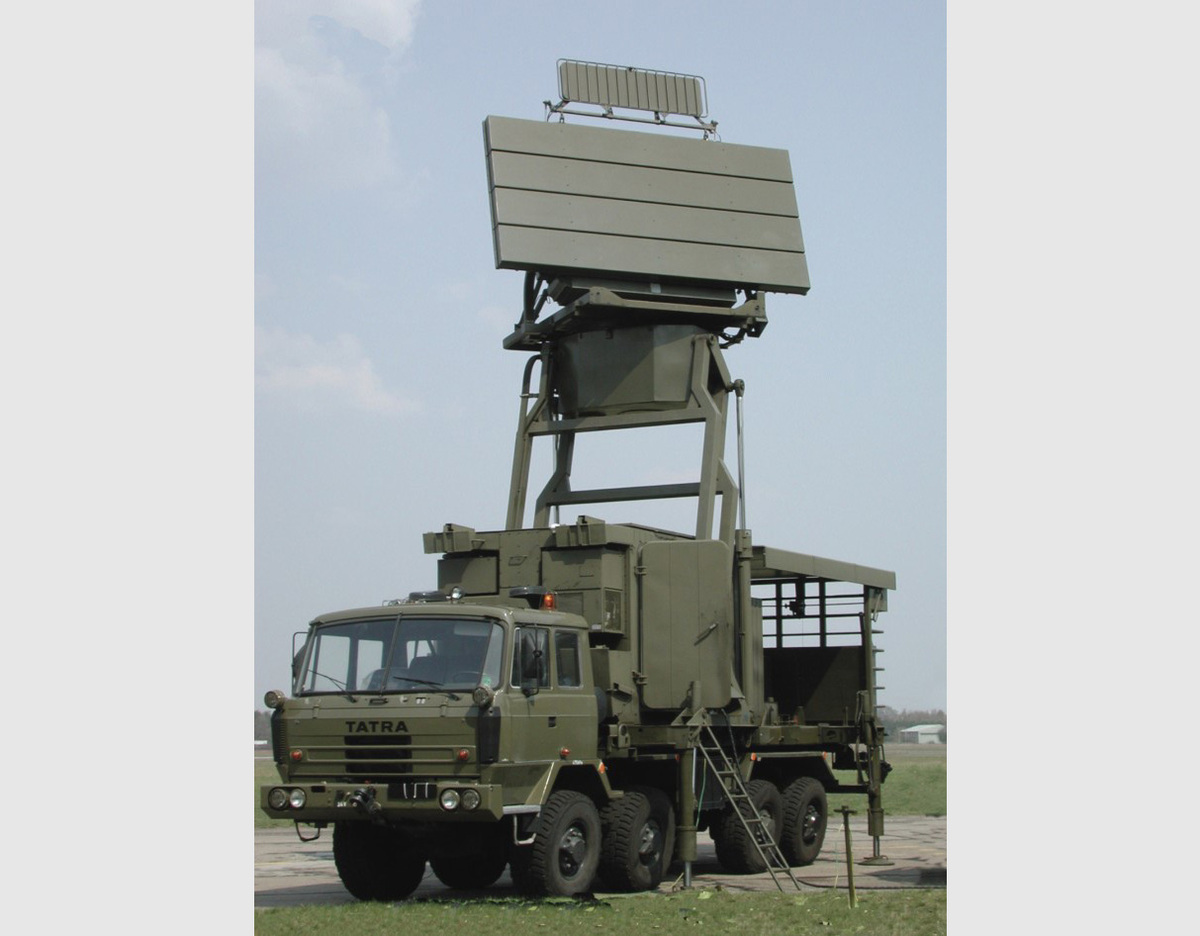
From 2009 to 2018, to artillery units, C-band Radar Artillery Reconnaissance Systems Liwiec were delivered, which were combat proven during the war in Afghanistan.
In the new century, Polish 3D radars have supplemented modernised N-21MK/M+ and N-22 stations also in detecting low-flying targets, including in cooperation with artillery and missile air defence systems. First, there were three N-22-N(3D) radars in the S band, and then 8 air transportable high mobility radars ZDPSR Soła in the S band (equipped with C band radar subsystem to detect helicopters in hover). The latter are mounted on armoured wheeled carriers in a high mobility 4×4 configuration. Currently, deliveries of the ZDPSR Bystra, initiated in 2023, are underway for the same purpose, operating in the C band (helicopter detection in hover and unmanned aerial vehicles in the S band). Bystra is the first series-produced radar in Poland with an AESA (active electronically scanned array) antenna, and its transmitter and receiver modules are made using gallium nitride (GaN) technology. These radars will be used in short-range air defence systems and will also complement multifunctional radar stations in medium-range air and missile defence systems like Wisła/Patriot. They can also serve to cooperate with artillery units.
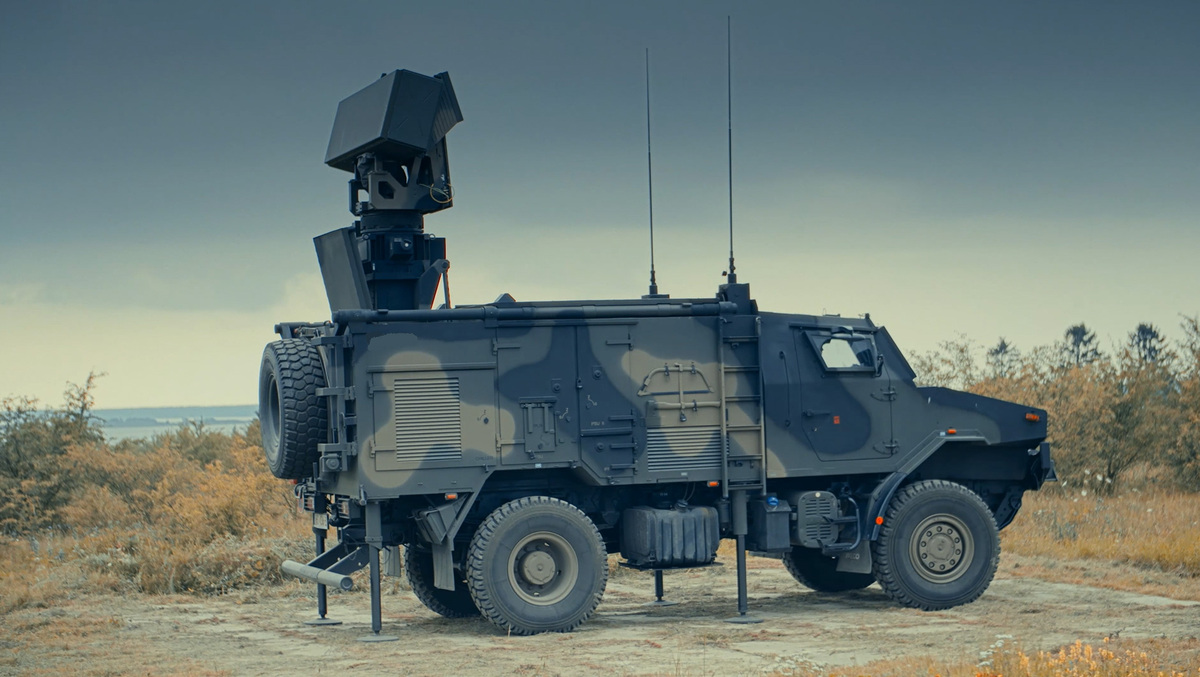
PIT-RADWAR S.A. will be the main supplier of radar devices for air defence systems in the coming decades. In 2027, deliveries of the first early warning radar stations P-18PL in the VHF band, unique among NATO countries, equipped with AESA antenna that allow for the detection of targets from distances of up to 600 km and at altitudes of up to 120 km, including ballistic missiles, will begin. Currently, a contract for the supply of the Passive Location System (SPL) of the PET/PCL class is being negotiated. This is also a device that is unique on a global scale today.
The qualification trials is concluded by the mobile long-range radar station Warta, operating in the L band with a range of 470 km, which is intended to complement the long-range radars deployed at fixed positions and will allow for the replacement of systems introduced into service in the 1990s. PIT-RADWAR S.A. will also provide the military with Multifunctional Fire Control Radars Sajna in the C band, which will serve as the primary source of information for short-range air defence missile systems Narew. Today, PIT-RADWAR S.A., in cooperation with other companies from the Polish Armaments Group, secures most of the needs related to radar systems for the Polish Armed Forces.
PIT-RADWAR's offer in the low level air defence area
Another specialty of PIT-RADWAR S.A. are close-range air defence systems of the V-SHORAD/C-UAS class, both artillery and missile. Work on these systems began in the 1990s as a part of the program for a mobile artillery and missile direct protection system for troops and facilities named Loara. Solutions developed under this program have been used in many later projects. Among them, one can mention the missile-artillery air defence system Aster/Kobra for Indonesia, equipped with MANPADS missiles Grom from MESKO S.A., 23 mm ZUR-23-2KG-I cannons from Mechanical Works 'Tarnów' S.A., and radar and optoelectronic means for the detection and tracking of targets, two fire units of which were delivered between 2007 and 2010, or the Self-Propelled Air Defence Missile System Poprad with Grom and Piorun MANPADS, of which 79 systems (air defence combat vehicles) were delivered to the Polish Land Forces between 2018 and 2021.
For over a decade, PIT-RADWAR S.A. has also been working on artillery systems for countering low-flying targets, utilising a 35 mm automatic cannon. The result is the implementation of the OSU-35K naval system, which serves as the main artillery armament of the Kormoran-class minehunters of the Polish Navy. The latest solution is the self-propelled SA-35 system, in which a modified turret and an optoelectronic fire control system have been integrated on the chassis of a highly mobile 6×6 truck. Combined with programmable airburst ammunition (ABM) 35×228 mm, the development process of which is currently being finalised in cooperation with MESKO S.A., it can be an effective means of combatting air threats that are becoming increasingly significant on the modern battlefield: guided air munitions, cruise missiles, C-RAM targets, as well as unmanned aerial vehicles.
TUGA – lowest level air target detection radar
Due to the need to ensure the highest possible detection and tracking certainty of small targets, it is optimal to use a combination of sensors operating on different physical principles. Until now, optoelectronic devices have been primarily used in low-level air defence systems, with situational awareness information provided from higher command levels. New threats on the battlefield, mainly various types of unmanned systems, as demonstrated by experience gained from wars in Ukraine and the Middle East, require an increase in the probability of detecting and destroying targets, including by fire means that are in motion. Currently, the optimal solution is considered to be the use of an observation-tracking head that combines optoelectronic devices (a television camera, a thermal imaging camera, a laser rangefinder) with a radar system for detecting and tracking targets using a flat antenna or a system of several antennas. However, these should be specially developed devices for this purpose: high-frequency; operating with continuous wave; providing a quick refresh of radar information (fully electronic searching) and having signal processing algorithms that allow the detection and determination of movement parameters of small objects that frequently change their flight trajectory; characterised by a small dead zone and emitting low power to make it difficult for the opponent to detect their operation, and finally resistant to intentional jamming and reflections from artificial and natural obstacles when working with targets flying at very low altitudes.
Specialised radar systems have significantly greater ranges for detecting targets such as mini and micro drones than optoelectronic devices; in their case, the thermal signature of the target (as with thermal cameras) also does not matter, and they operate equally effectively at any time of day, virtually regardless of climate and atmospheric conditions.
In this direction, the company PIT-RADWAR S.A. has also moved, which, with the aim of supplementing optoelectronic means for detecting and tracking low-flying targets, including unmanned aerial vehicles, started working a few years ago on such radar, designated with the codename TUGA. It is a lightweight radar, with fully electronic scanning, operating in the X band, intended for detecting and tracking conventional and small-sized targets (unmanned aerial vehicles) as well as for initial targeting of weaponry, classified as a so-called 4D device (which defines three coordinates of the target's position and radial velocity). TUGA uses FMCW (Frequency-Modulated Continuous Wave) technology, which makes it difficult to detect by electronic warfare systems, and the operating mode and parameters are defined programmatically, allowing the systems waveforms to be tailored to the target application and specific tasks.
The main feature of the new radar from PIT-RADWAR S.A. is its compact size - the essential components fit within an AESA antenna panel measuring 650×650×150 mm, built on the basis of air-cooled transmitter and receiver modules made with gallium nitride (GaN) technology. Of course, the casing ensures resistance to climate conditions. The weight of the panel is around 50 kg. All of this facilitates the creation of various configurations. As a result, TUGA can come in single-antenna variants, mounted on a portable stand or on a telescoping mast (TUGA-PA) or an armament position, e.g., on a vehicle or can be integrated into optoelectronic observation and tracking heads (TUGA-AD).
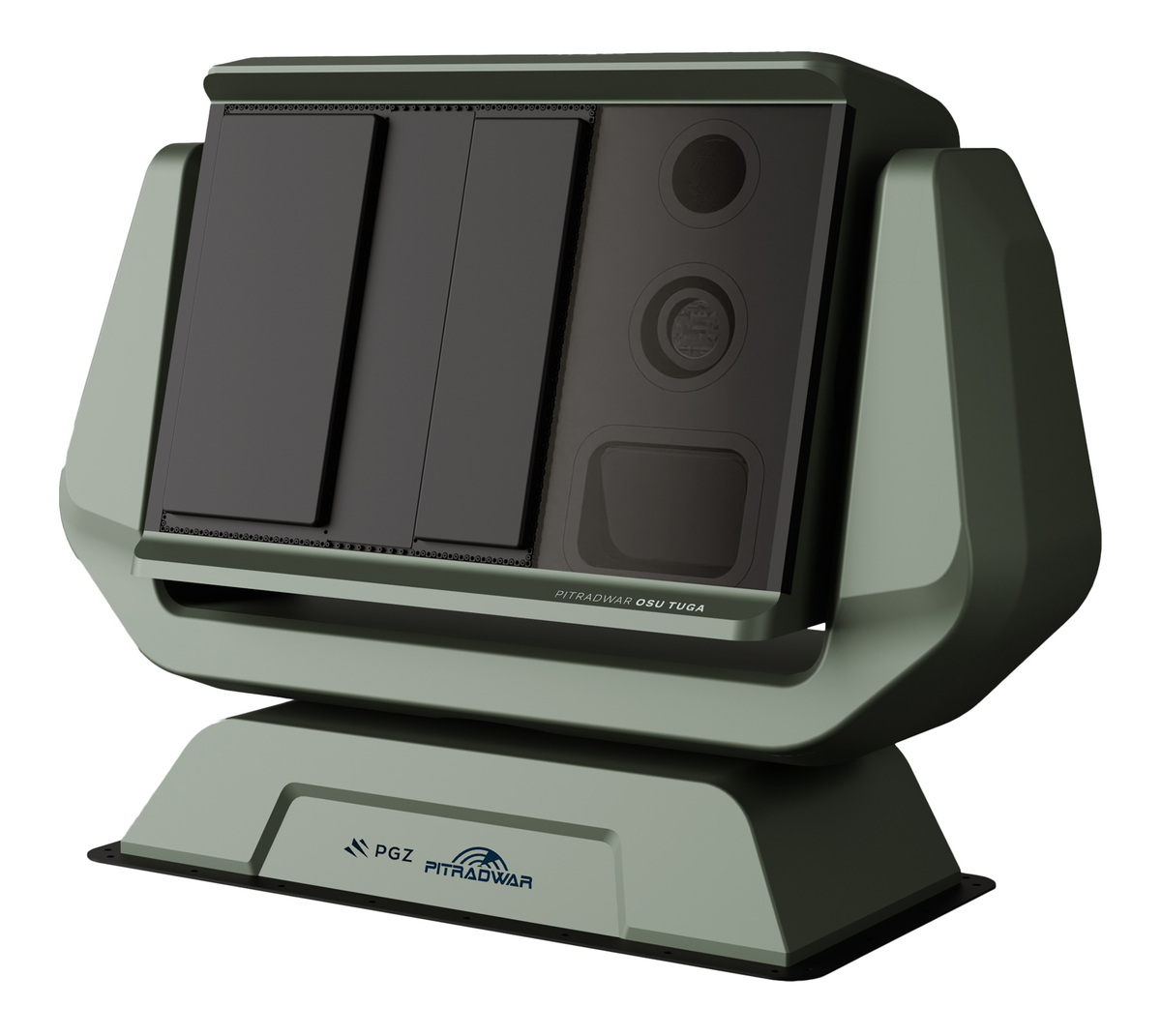
It can then operate sectoral stop and stare mode (with a field of observation of 90°) or, by using a rotation mechanism, scan the space in azimuth over a range of 360°. PIT-RADWAR is developing an operator station application with an intuitive graphical display of plots, routes, and device status data. This application can be installed on a military-grade laptop or other computer located in the designated system. Communication with external systems is achieved via an Ethernet interface.
It is also possible to use multi-antenna configurations, primarily four-antenna ones, providing coverage of the space in azimuth over a range of 360°. In this case, antennas can be arranged on the circumference of the carrier vehicle or stationary object (TUGA-W). The radar can also be designed for maritime applications, with greater resistance to mechanical and climatic hazards, intended for installation on ships (TUGA-M). In all multi-panel configurations, detections from TUGA radar panels are integrated into a common data processing system, from which target tracks and plots, properly oriented in space, are then transmitted to the command and control systems.
The developed function of the TUGA radar is the ability to classify a target based on kinematic and signal data, supported by AI algorithms. PIT-RADWAR S.A. already uses advanced methods of use in the Bystra radar and the experience available there is being further developed within the TUGA project.
A complement to the TUGA-PA radar can be the IFF system of the Mark XIIA standard, which is also available in the offer of PIT-RADWAR S.A.
Main TUGA radar characteristics
- Frequency: X
- Instrumental range: < 50 km
- Micro-UAV detection range (RCS=0,01 m²): > 5 km
- Minimal range: 50 m
- Range of flight speeds of detected targets 0‒600 m/s
- Antenna: AESA with distributed high-power air-cooled GaN amplifiers
- Elevation coverage: ±30°
- Azimuth coverage: 90°
- Dimensions (wide×height×depth): 650×650×150 mm
- Power supply: 27 V DC
The TUGA radar is a response to new battlefield threats, the combat of which may pose problems for systems primarily designed for destroying classic aerodynamic targets or guided air munitions. It certainly provides the ability to detect and track them, also offering the possibility of detecting unmanned aerial vehicles of various types, including the micro category. The detection range of micro drones up to 5 km (DJI Phantom) is a very satisfactory result, and in combination with advanced target classification algorithms, it allows of effective cooperation with soft kill and hard kill anti-drone systems.
In designing the TUGA radar, the constructors from PIT-RADWAR S.A. utilised all available information regarding combat against low-flying targets, including unmanned aerial vehicles of various classes and purposes – including loitering munitions and FPV drones, coming from the battlefields in Ukraine or the Middle East. They fully confirm the limited effectiveness of 'traditional' means of detecting aerial targets in systems whose primary or equal purpose is to combat unmanned aerial vehicles and the need to implement new, specialised solutions, ideally combining various detection methods (active radar, passive – electro-optical, and based on monitoring emissions from radio communication systems). Finally, it is also extremely important to note the many years of experience of PIT-RADWAR S.A. in the development and production of radar devices for various purposes, including detecting and combating low-flying targets, which allowed for the application of many previously developed and extensively tested solutions in the TUGA radar. This reduced the technical risk of research and development work and enables easy implementation in both the offered V-SHORAD class air defence systems and user-configurable C-UAS systems. In the latter case, PIT-RADWAR S.A. is also open for cooperation with foreign partners, particularly from NATO member states in Europe. TUGA is fully compatible with the information exchange protocols used in NATO and can also be equipped with a IFF system compliant with the Mark XIIA standard.
The Polish manufacturer has full control over solutions and technologies used in the system, which allows them to provide the contractor with comprehensive service support, both during the warranty period and throughout the entire life cycle. The offer from PIT-RADWAR S.A. provides an alternative to dominant solutions in this segment and becomes competitive with offers from manufacturers of similar systems located on other continents.
